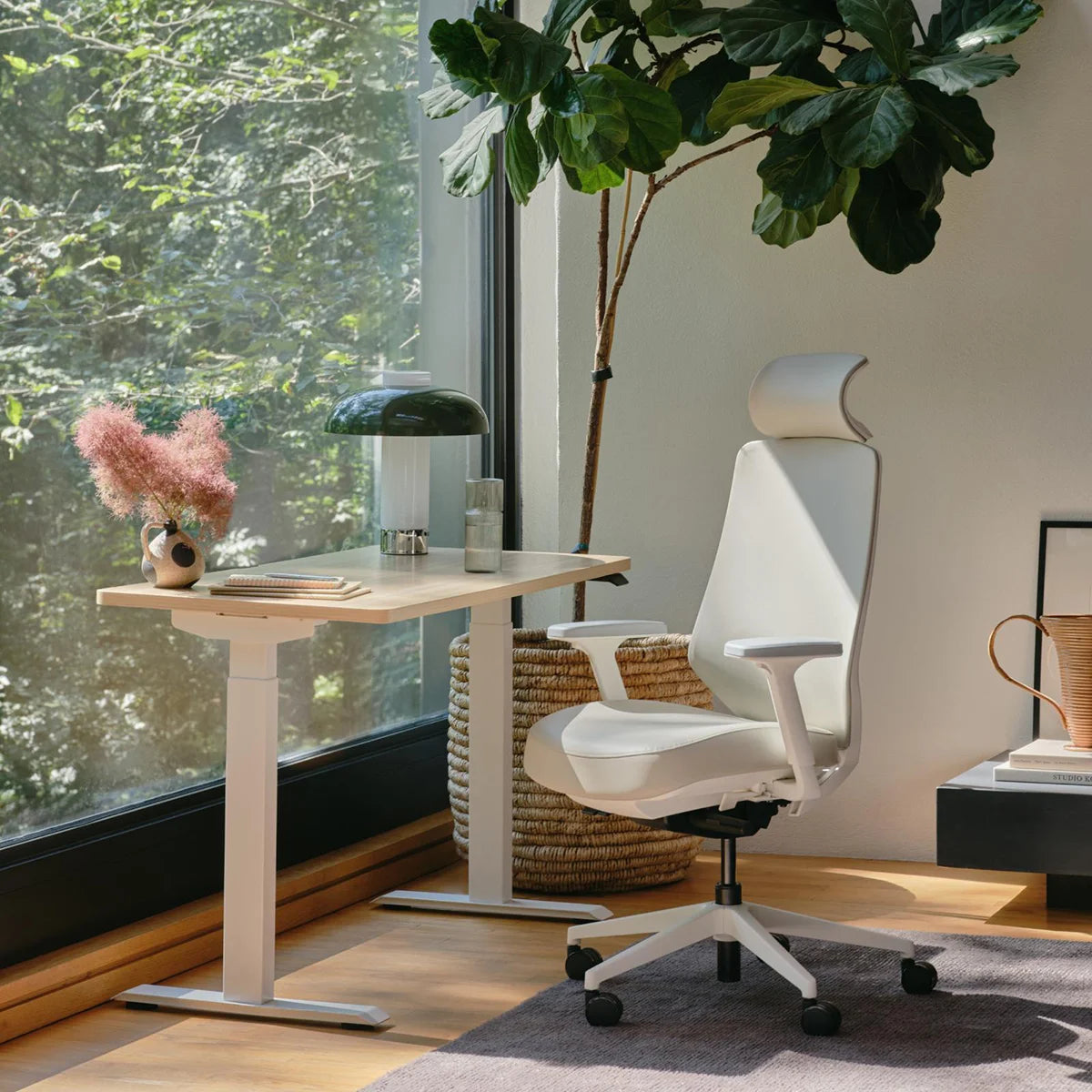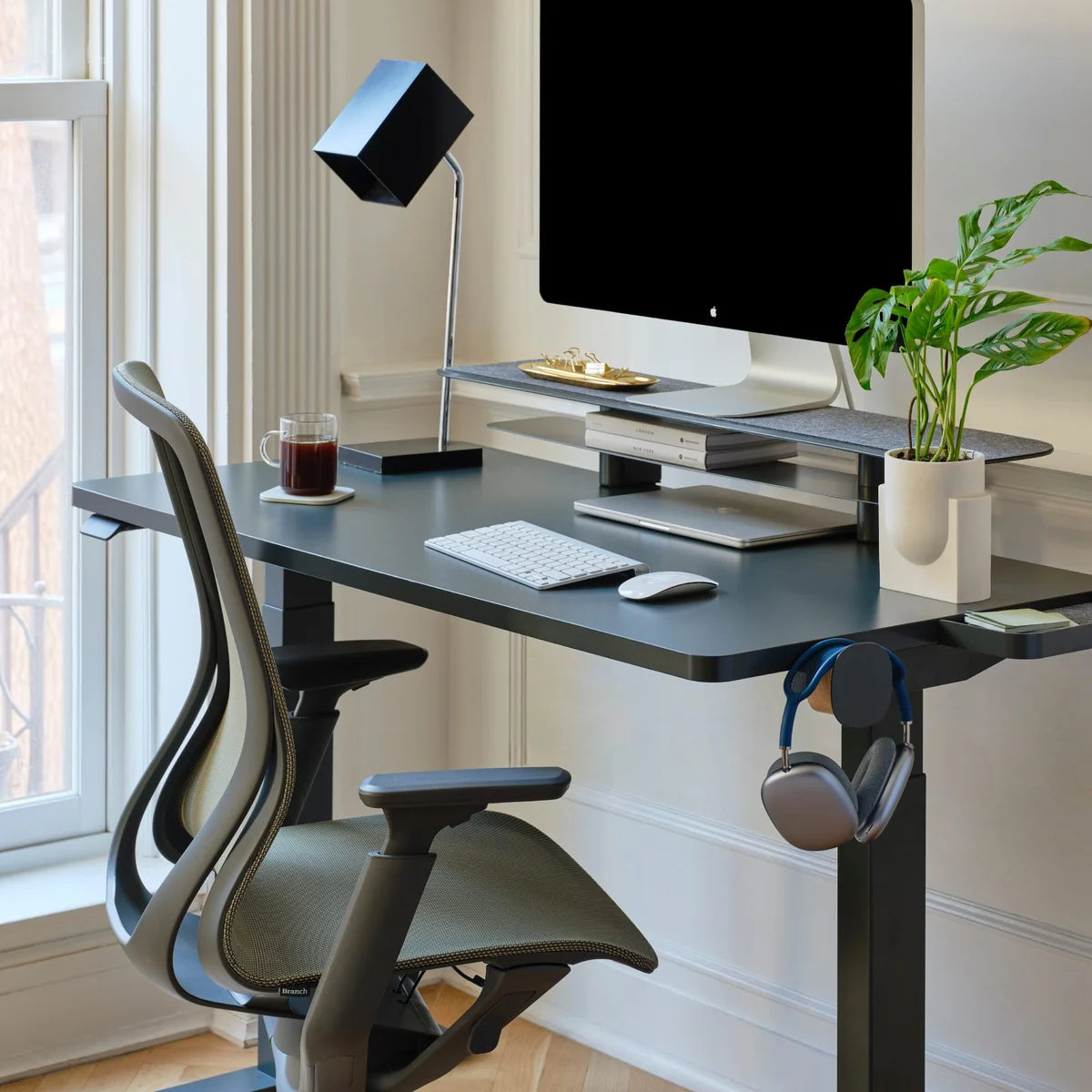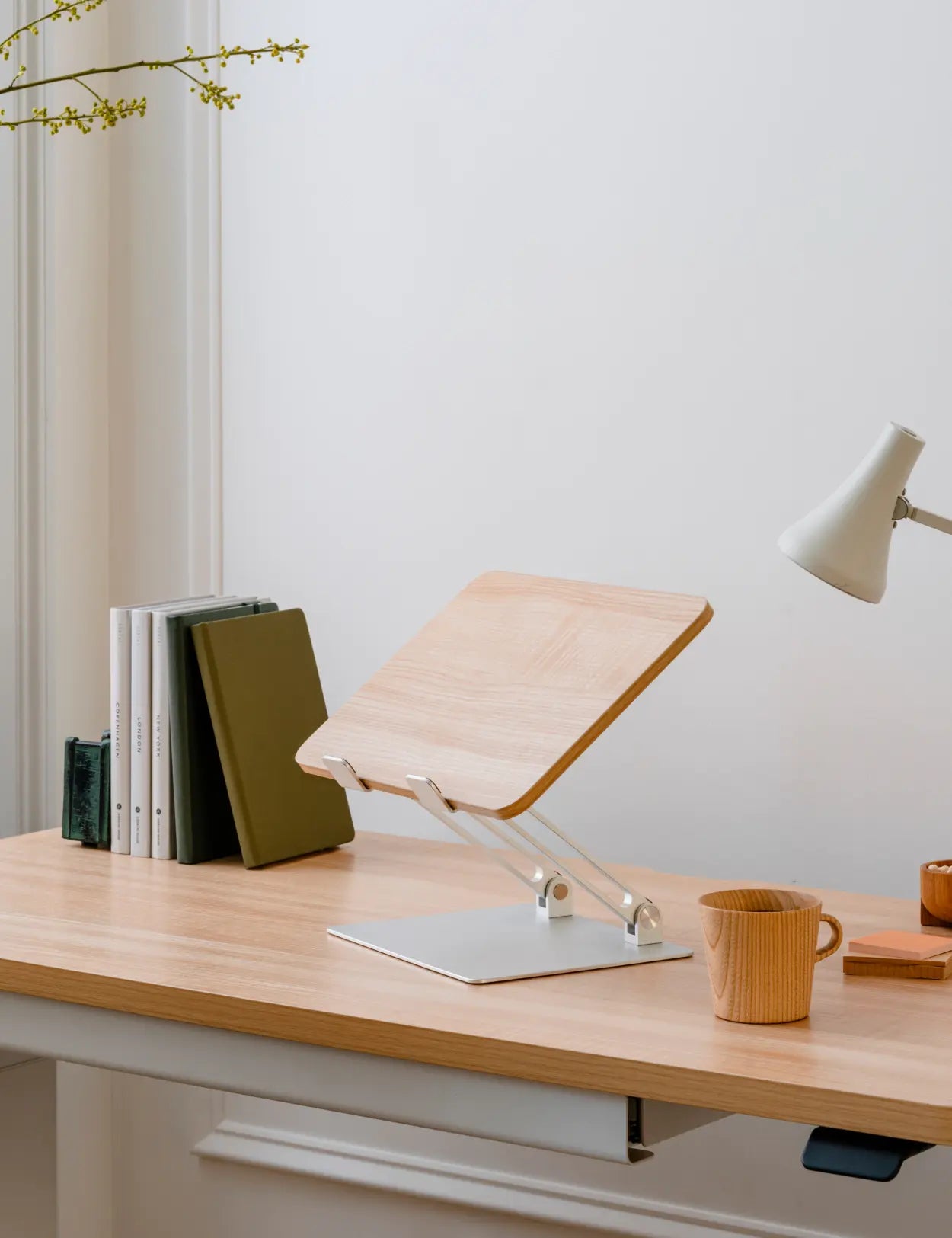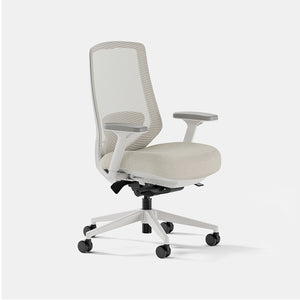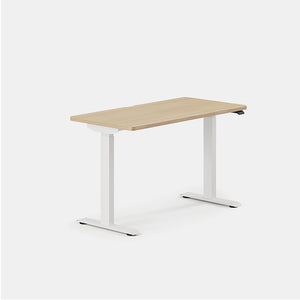One size doesn’t fit all when creating an office that works for both introverts and extroverts. Here’s our guide to designing an office that works for the unique traits of both personality types.
Everyone knows that introverts and extroverts thrive in different social environments – but what about in the workplace? Although trends in office design have evolved over the years, the typical business has adopted a one-size-fits-all approach to building a productive environment.
That’s starting to change. Increasingly, employers are tailoring the office’s design to the unique personality types of their employees. Whether through personality tests during the hiring process or group activities to strengthen interpersonal relationships, business leaders are devoting more time to understanding individual personality types and building teams and processes that suit a wider variety of needs.
Beyond gathering data and structuring teams to cohesively blend personality types, the next horizon in adapting the workplace to different work styles is ensuring that the physical office environment works well for varying personalities. Doing so will not only increase the productivity of your workers, but will also make them happier and more comfortable at work each day.
The Real Difference between Introverts and Extroverts
In order to design an office space that works for the unique needs of introverts and extroverts, it’s important to first understand the difference between the two, and clear up some common misconceptions.
If I asked you to describe the qualities of an introvert, you’d probably say that it’s someone who’s shy and quiet and would rather curl up with a book at home than go out to a party. Extroverts, meanwhile, are seen as loud and outgoing with lots of friends, and always excited to be doing something.
While these qualities may describe some people who are introverts or extroverts, viewing people with this lens is a harmful oversimplification of the unique nuances between the two. A more helpful way of understanding the difference between introverts and extroverts is where they get their energy from.
Introverts recharge by being alone, where they can focus on the task at hand without distractions and can think in solitude. They’re likely to be most creative when alone, and can quickly become exhausted if they’re in a noisy environment with too many people for too long.
Extroverts recharge by collaborating with a group, where they can bounce ideas off of each other and tap into the shared energy of the team. They generally prefer a louder environment that feels busy, and dislike not having anyone around them to exchange ideas with.
Office Design Tips for Introverts
When designing an office space that fits the needs of introverts, it’s important to remember how they thrive in focused environments.
-
- Quiet Corners: One simple design tip is reserving the corner areas of your office space as dedicated quiet spaces. Preferably, these will be booth-like cubicles that can fit 1-2 employees and have acoustic panels to minimize exterior noise. It’s also helpful to use a reservation system so that employees can book the spaces in advance.
- Meeting Pods: Conference rooms can often be a source of anxiety for introverts. Instead, consider creating several meeting pods throughout the office that fit a small number of employees. One great approach is couches with high walls that create an intimate yet practical meeting space.
- Reconsider Hotdesking: The practice of not assigning desks at all to employees has been surging in popularity recently, but this is likely detrimental to the productivity and comfort of your employees. Introverts do well in spaces they’re comfortable with, and prefer a physical location and social environment that remains consistent.
- Bonus Tip – Stairways and Hallways: Many employees like to escape the hustle and bustle of the office for some secluded time. A quick one-on-one with a coworker in a stairway, for example, happens more likely than you think. Consider decorating stairways and hallways so that these interactions are more comfortable.
Office Design Tips for Extroverts
While the tips above are tailored for introverts, they generally work well for extroverts as well. However, there are some additional things to keep in mind when designing spaces for extroverts.
-
- Social Spaces: Emphasizing collaborative, social spaces throughout the office will be appreciated by all of the extroverts on your team. Including a seating area next to a kitchen, for example, is a great way to encourage discussion.
- Breakout Areas: Having multiple breakout areas in your office is a great way to maximize collaboration and discussions. Comfortable couches and chairs can go a long way in creating a space that fosters new ideas.
- Focus on Acoustics: While extroverts enjoy a lively and noisy environment, no one likes too much noise. We recommend working with an acoustic professional to design an office space that minimizes noise, such as with acoustic paneling.
- Bonus Tip – Encourage Spontaneous Interactions: Some companies purposefully design their offices to encourage interactions among co-workers that likely wouldn’t have happened otherwise. Apple’s new headquarters, for example, only has one cafeteria so that employees are more likely to bump into each other.
Don’t Forget About the Ambivert
While it’s easy to lump everyone into the category of introvert or extrovert, doing so actually goes against the original theory of these personality traits. In the early 20th century, psychologist Carl Jung proposed that these are actually the extreme ends of a scale; in other words, we actually all lie somewhere in between the two.
Defined as the Ambivert Personality Continuum Scale, we all fit somewhere on this spectrum – and our position on this scale can actually change over time. Since we all have elements of both introversion and extroversion, designing an office space that fits the needs of both becomes even more important so that all employees – regardless of their current personality type – can work at their best.





